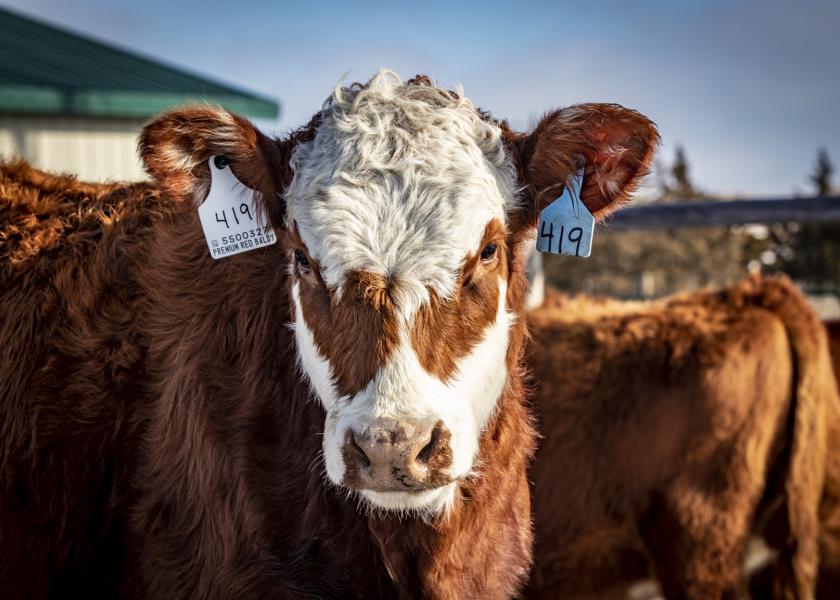Animal Disease Traceability Allows Rapid Tracing

As a result of the current pandemic, terms such as “herd immunity,” “infection rates,” and “contact tracing” are now part of daily conversations. Similar terms and principles would apply if an incursion of a foreign animal disease, such as foot and mouth disease, occurred in the United States. In such situations, animal disease traceability is critical to emergency response efforts.
Animal disease traceability (ADT), as defined by the United States Department of Agriculture (USDA), is knowing where diseased and at-risk animals are, where they’ve been, and when. ADT does not prevent disease introduction, but does allow expedited emergency response. Accurate and timely response is critical for both producers and industry.
ADT allows official individual identification of animals and rapid tracing during an outbreak. One ADT system that allows individual identification is the National Uniform Eartagging System (NUES). This system has been used for years and is familiar to many producers. The common names for these tags are “Bangs tags” or “Silver Bright tags. These tags are used for cattle requiring brucellosis vaccination or tuberculosis testing.
Another system of official identification involves the use of radiofrequency (electronic) tags beginning the tag number with the digits 840. Radiofrequency identification (RFID) tags are available as low frequency and ultra-high frequency. In certain circumstances other forms of identification, such as registration tattoos and brands, may be used as official identification.
Currently, official identification is required only under certain conditions and for certain classes of cattle. The two primary situations requiring official identification are program disease testing (such as that required for brucellosis) and interstate movement.
The cattle classes requiring identification when moving interstate are listed below. Exceptions to this requirement do apply under unique movement types, such as travel for veterinary care. Feeder cattle and animals moving directly to slaughter do not require official identification for interstate movement.
Classes of cattle requiring USDA official identification for interstate movement include:
Beef Cattle & Bison
- sexually intact and 18 months or older
- used for rodeo or recreational events (regardless of age)
- used for shows or exhibitions
Dairy Cattle
- all female dairy cattle
- all male dairy cattle born after March 11, 2013







